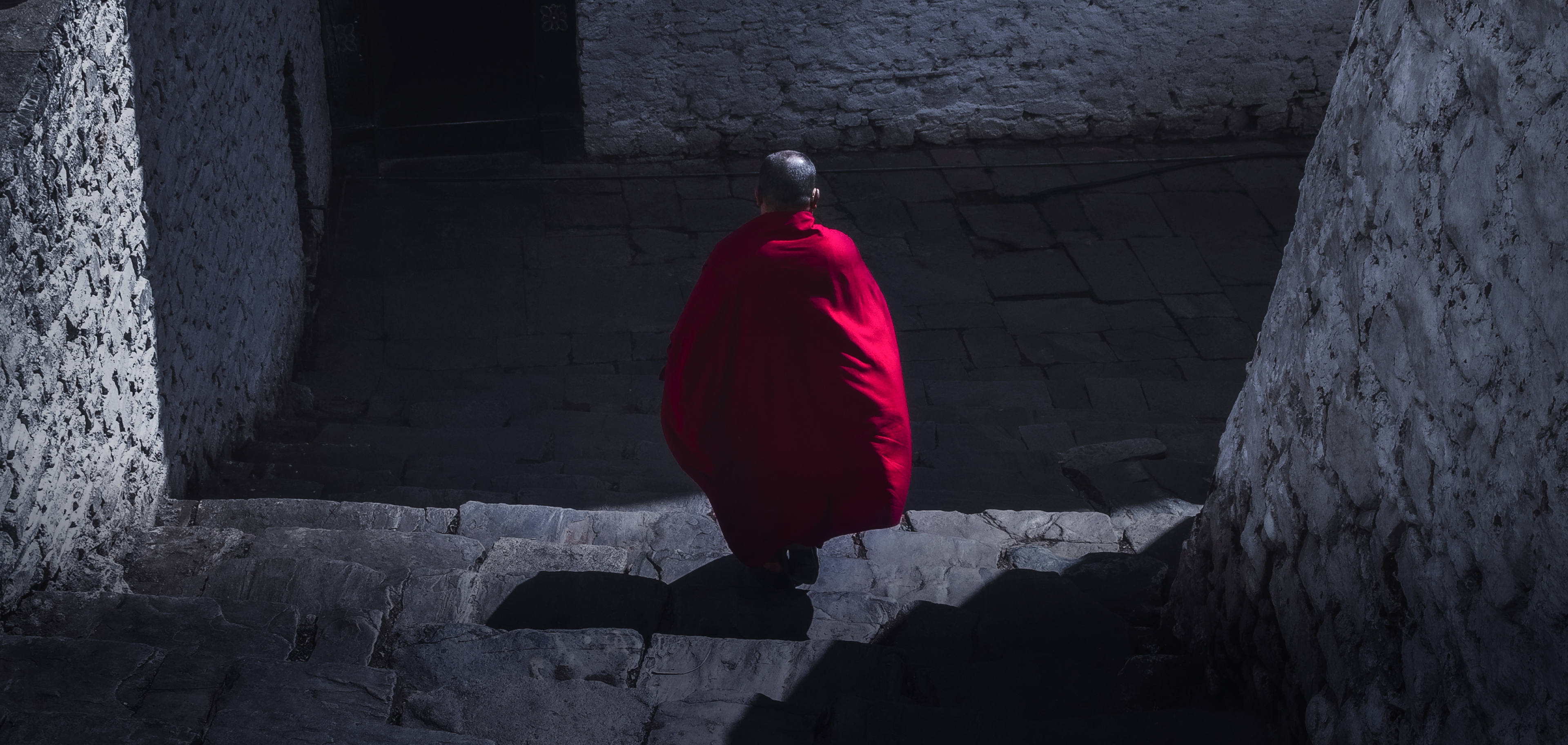When visitors first see the jagged white mountain teeth that line Gasa district's northern border with Tibetan China, so razor sharp in the distance, awe is the most common reaction. Seeing them for oneself puts the scale of it all in perspective. They were here long before us, and will be around long after we're gone. At the mountains' feet lie hundreds of glacial lakes that source Bhutan's mother and father rivers, the Mo Chhu and the Punatsang Chhu, which converge at Punakha Dzong to the south.
Exemplifying the sort of wisdom that still sometimes eludes other countries, Bhutan has designated the entirety of this district, the country's largest, as environmentally sacrosanct land. Jigme Dorji Wangchuck National Park is most of it, home to snow leopards, blue sheep, red pandas, and takins (the national animal), as well as many rare flora. Gasa's northeast is all Wangchuck Centennial National Park. Just 3,200 people or so live in Gasa's 3,082 square miles, giving it by far the lowest population density in a country where you can drive for hours off the main Lateral Road and pass only a car or two.
It's also the least developed district in Bhutan. Motorable roads are few, winters are very long and cold, and only about one-third of households have electricity. The isolation has bred a remarkable self-sufficiency in the people. During the short but glorious high-altitude summers they grow rice, barley, wheat, potatoes, and chilies, get milk, butter, and cheese from yaks and sheep, and weave yak hair into tunics and tents. Remote Laya and Lunana gewogs (sub-districts) in the north are renowned for their medicinal herbs, and harvesting cordyceps — the much in-demand caterpillar fungus known as Himalayan Viagra — brings in millions of ngultrum annually.
Tourism is still in its early stages here, with the primary draws being trekking — such as the Laya Gasa Trek and the famously arduous Snowman Trek — as well as the spectacularly situated dzong (fortress) and the tsachu (hot springs). Trekkers rave about how pristine the land is, and thrill at encounters with the semi-nomadic yak herder Layaps, who have preserved their own traditions, dialect (Layakha), and distinctive dress that includes conical bamboo hats with sharp spikes protruding from the tops. Gasa Dzong, also known as Gasa Tashi Tongmön Dzong (Tashi Tongmön is the region's protector deity), is perhaps the most dramatically situated dzong in the kingdom, dwarfed by towering Kangbum mountain. Gasa tsachu has been popular for centuries with locals and Bhutanese from around the country who swear by its curative powers, including the Zhabdrung, great unifier of Bhutan who bathed here in 1616 on his way down from Tibet.
Community based eco-tourism has strong government backing in Gasa, and visitors are welcomed warmly. It's an excellent choice for travelers who appreciate seeing nature and culture in virtually unadulterated form. It's also more more easily accessible than east Bhutan, which similarly remains underdiscovered by foreigners.














